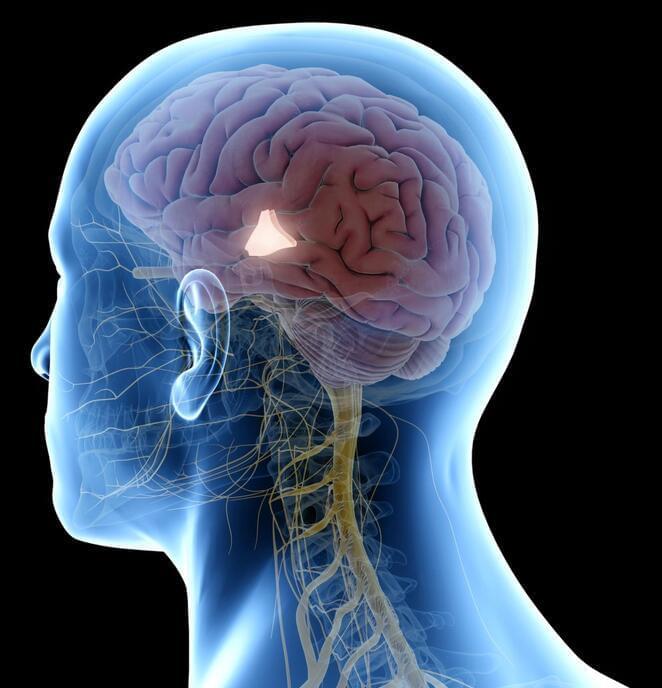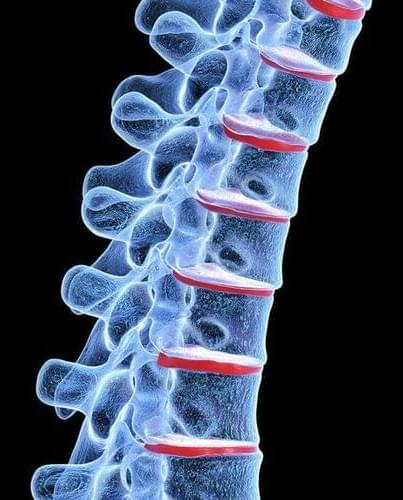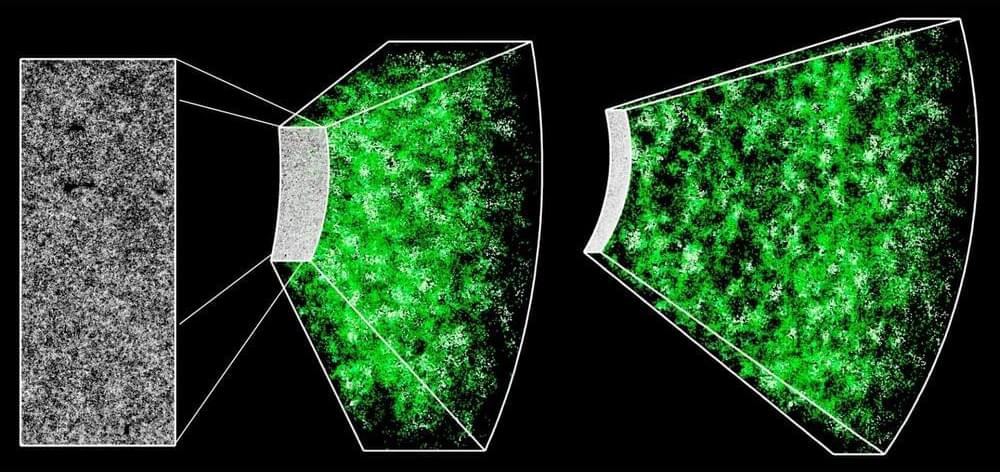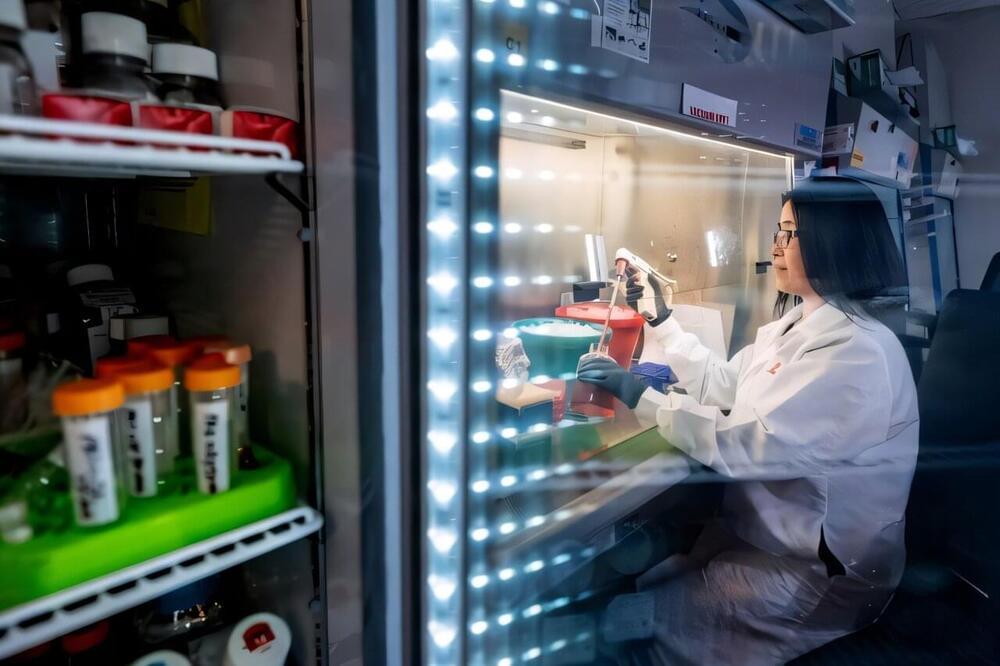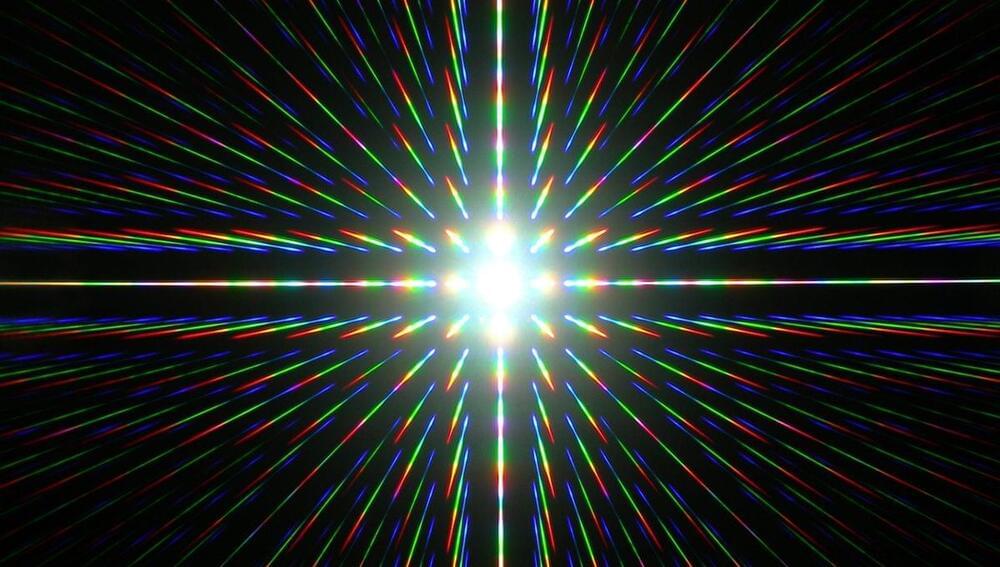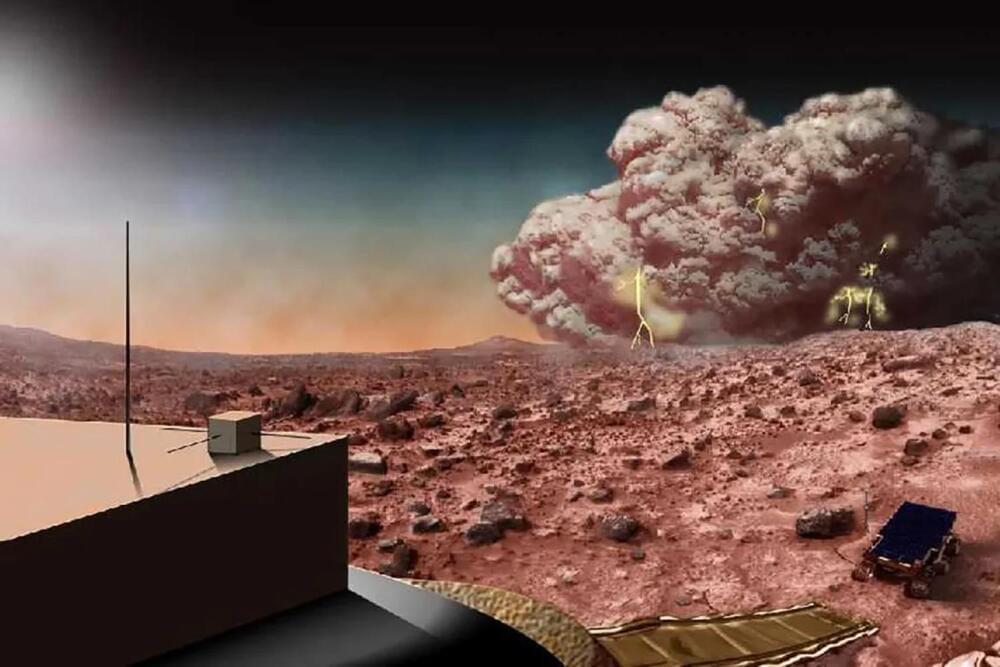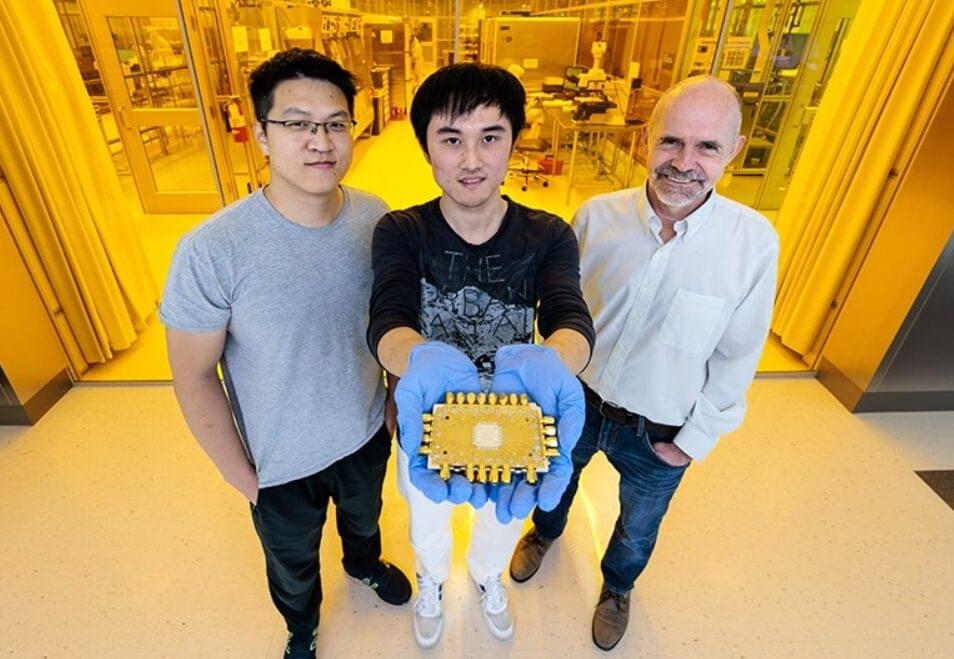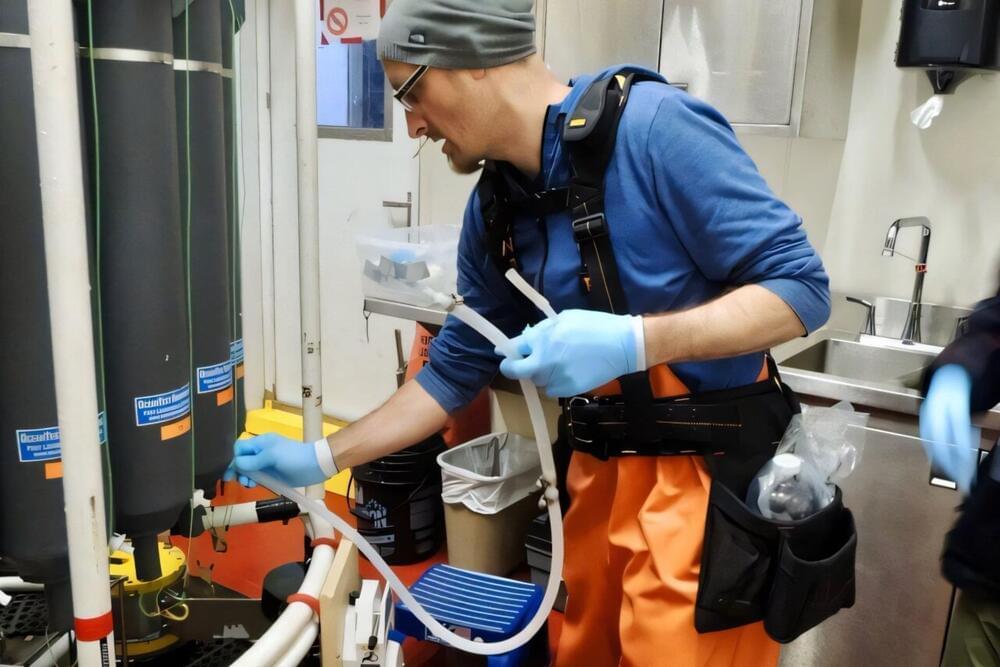UC Riverside scientists have developed a nanopore-based tool that could help diagnose illnesses much faster and with greater precision than current tests allow, by capturing signals from individual molecules.
Since the molecules scientists want to detect—generally certain DNA or protein molecules—are roughly one-billionth of a meter wide, the electrical signals they produce are very small and require specialized detection instruments.
“Right now, you need millions of molecules to detect diseases. We’re showing that it’s possible to get useful data from just a single molecule,” said Kevin Freedman, assistant professor of bioengineering at UCR and lead author of a paper about the tool appearing in Nature Nanotechnology. “This level of sensitivity could make a real difference in disease diagnostics.”

